Review
DS has unveiled its new compact SUV, the DS 3 Crossback, which will be available as a full electric version or with a conventional diesel or petrol engine next year.
Fleet News was given early access to the car, which has been designed as the ‘baby brother’ of the DS 7 Crossback and will compete against the Audi Q2 and Mini Countryman.
Full electric
From next year every new DS model will have an electrified version, starting with the DS 7 Crossback E-Tense 4x4 plug-in hybrid and the DS 3 Crossback E-Tense, which will be the brand’s first fully electric model.
From 2025 each new DS model will only be available with electrified propulsion (hybrid or pure electric, or with the choice of both).
The electric powertrain on the DS 3 Crossback E-Tense has a 136ps motor (100kw) and a 50 kWh battery with a potential range of up to 186 miles (WLTP) or 280 miles (NEDC cycle).
The battery is capable of being charged to 80% in 30 minutes (ultra-fast charging), while a full charge takes eight hours.
Petrol and diesel engines
DS 3 Crossback is the first car to feature the latest upgrade of the PureTech petrol engine.
Two 1.2-litre petrol engines (with outputs of 130ps and 100ps) will be available, along with a 155ps petrol engine mated to the EAT8 (Efficient Automatic Transmission with eight-speeds).
A 1.5-litre BlueHDi 100 diesel engine will also be available.
CO2 emission figures have yet to be confirmed.
Exterior
DS claims to offer 'one of the most compact cars in its class' at 4.12metres long, 1.79m wide and 1.5m high.
DS 3 Crossback has the familiar DS SUV grille and light signature, and between the front and rear door is the shark fin - carried over from the DS 3.
One of the key design features of the DS 3 Crossback is the folding flush-fitting door handles - a feature found on the Tesla Model S.
The car can be unlocked, started and locked using a smartphone (via the MyDS app) and works via Bluetooth rather than a GSM network. The owner/driver can make the vehicle available to up to five users without having to give them a key.
Interior
DS 3 Crossback is based on PSA Group's new common modular platform which, according to project director Pascal Beziat, made it possible to fit an all-electric drivetrain with "no trade-off in features, cabin space or boot capacity".
He says it is 40kg lighter on average than previous generations, more modular in terms of length, width, height and wheel diameter while maintaining interior space.
The interior of the DS 3 Crossback features the same central console as the DS 7 with a 10.3 inch entertainment screen to manage navigation and smartphone mirroring.
DS joined forces with French company Focal to work on the audio system which features 12 speakers positioned around the cabin, including tweeters in the shark fin.
Personalisation
In keeping with DS's aim of offering personalisation, there are 10 wheel themes, 10 body colours, and three roof colours.
There are five styling options (known as DS Inspirations): DS Montmartre, DS Bastille, DS Performance Line, DS Rivoli, DS Opera. The Inspirations mix and match materials (such as cloth, leather and Alcantara).
The E-Tense version is distinguished by a light coloured interior including the steering wheel.
A high-end limited edition La Premiere will also be available.
Safety and convenience features
Like the DS 7 Crossback, the DS 3 Crossback features the DS driver assistance system (DS Drive Assist) which regulates vehicle speed in relation to the vehicle in front and keeps the vehicle in lane, using the onboard radar and camera.
An emergency braking system (Active Safety Brake) uses new-generation radar sensors to monitor the area in front of the vehicle and identify hazards such as stationary vehicles, cyclists in the same lane and pedestrians during the day and night. The system works at speeds of more than 3mph and up to 87mph.
DS Matrix LED Vision allows drivers to keep their main beam on without dazzling other road users. The beam is divided into 15 identical segments and the system works by turning some of these segments on and off automatically. To do this, a camera at the top of the windscreen identifies the course steered by vehicles in front or on the other side of the road and identifies the segments that could create a problem. These segments are then turned off in real-time.
Other features include head-up display and automatic parking (DS Park Pilot).



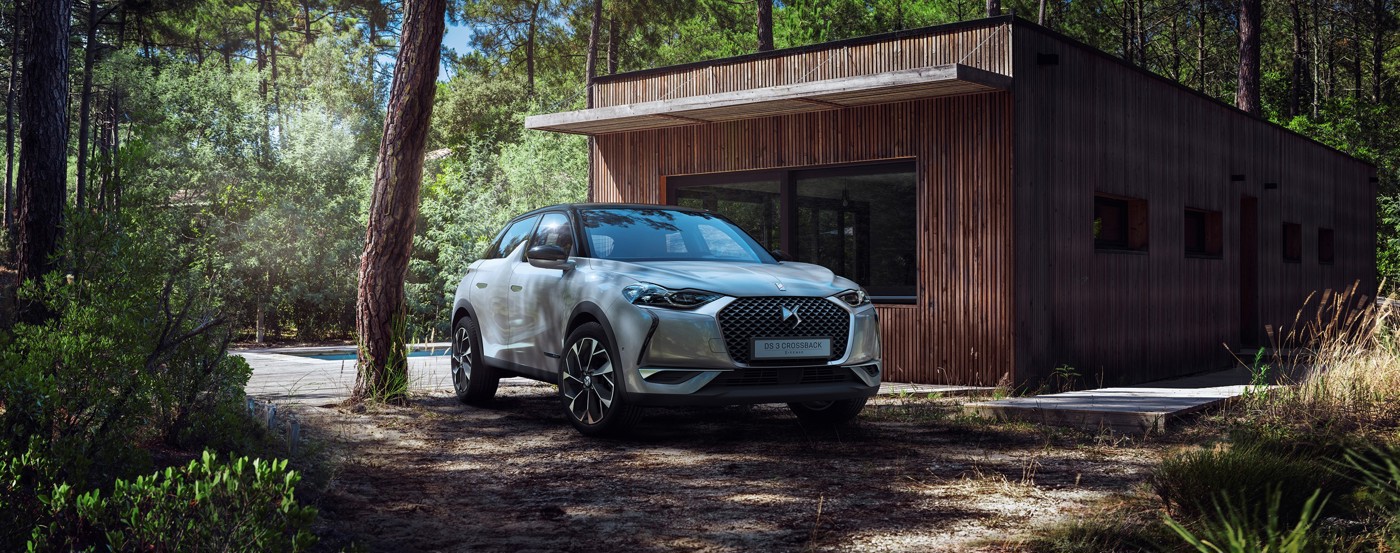
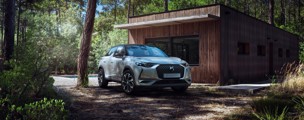


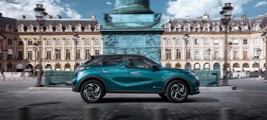
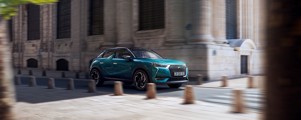
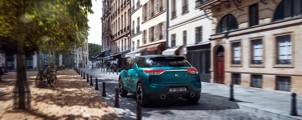
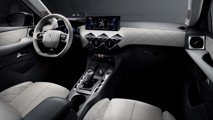
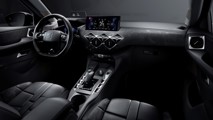
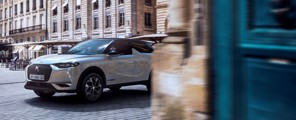
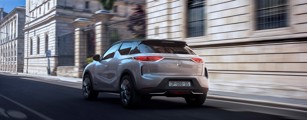


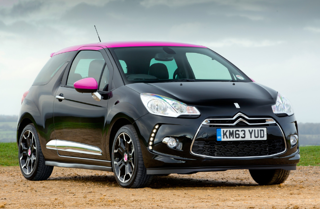
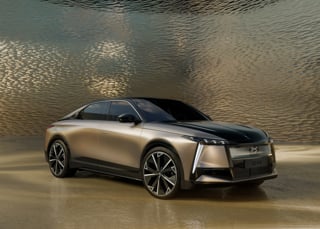
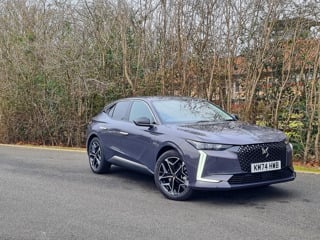
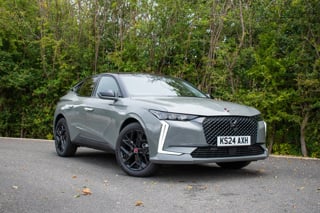
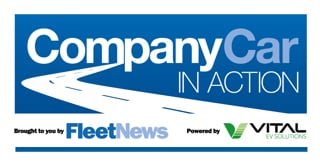












Login to comment
Comments
No comments have been made yet.